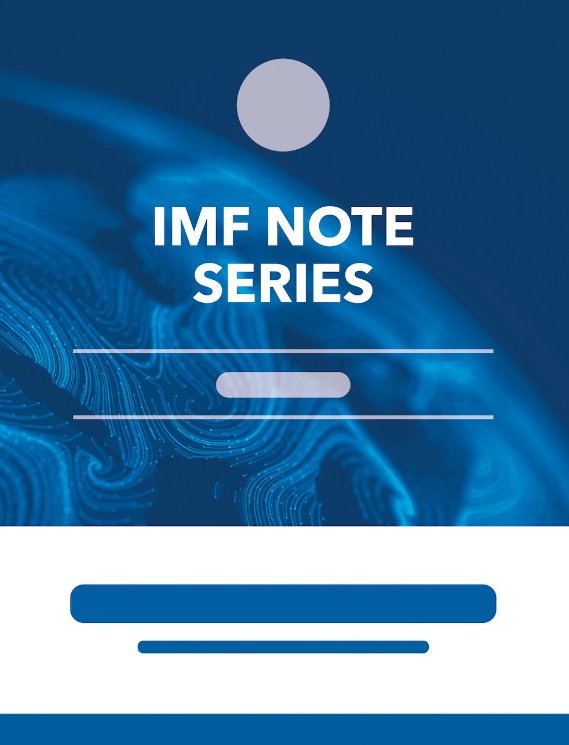The Optimal Rate of Money Creation in an Overlapping Generations Model: Numerical Simulations for the U.S. Economy
May 1, 1992
Disclaimer: This Working Paper should not be reported as representing the views of the IMF.The views expressed in this Working Paper are those of the author(s) and do not necessarily represent those of the IMF or IMF policy. Working Papers describe research in progress by the author(s) and are published to elicit comments and to further debate
Summary
This paper develops a large scale overlapping generations model and calibrates it for the U.S. economy. Simulations with the model show that the steady state welfare maximizing inflation rate may be positive, although the numerical results are not robust. It is also shown, however, that increases in the inflation rate are never Pareto efficient because during the transition to the new steady state at least some generations are made worse-off. Using an optimality criterion that takes into account the welfare of all generations, it is found that implementing Friedman’s rule is a Pareto superior policy, and that the efficiency gains derived from implementing such rule could be substantial.
Subject: Central banks, Consumption, Currency issuance, Demand for money, Financial institutions, Inflation, Money, National accounts, Prices, Stocks
Keywords: age consumption profile, aggregate money demand, capital stock, Consumption, Currency issuance, Demand for money, Inflation, inflation rate, money balance, money creation, money demand function, money holding, numerical simulation, optimal rate of money creation, Pareto efficiency, price level, rate of inflation, rate of money creation, real value, steady state, Stocks, substitution effect, WP
Pages:
52
Volume:
1992
DOI:
Issue:
037
Series:
Working Paper No. 1992/037
Stock No:
WPIEA0371992
ISBN:
9781451977776
ISSN:
1018-5941







